Thermal Management for Electronic Devices
We have been doing the research of thermal management for electronic devices, and possess complete thermal management successful projects and experiences. Some of the thermal management technologies have been successfully applied in many world-known companies. The main technologies are as follows.
1. Passive thermal management
Passive thermal management technologies include general algorithm for the optimization design of fin heat sink, modeling the contact thermal resistance and corresponding experimental platform, modeling the spreading thermal resistance and analysis, phase-change substrate, heat pipe/flat-plate vapor chamber, etc. 1) Establishing the general algorithm for the optimization design of fin heat sink, which can be used to accurately optimize the fin heat sink for single chip or multiple chips to maximize the fin performance and realize the optimal temperature fields of chips. 2) Establishing the solid-liquid-solid contact thermal resistance model that coupled with thermal interfacial materials, and the experimental platform to test the contact resistance. 3) Establishing multi-scale spreading thermal resistance model for single/multiple heat sources to realize the arrangement optimization of heat sources. 4) Fabricating the phase-change substrate to alleviate the heat dissipation of high-density heat flux problem by taking advantage of the latent heat of PCMs. Some results are shown as follows.
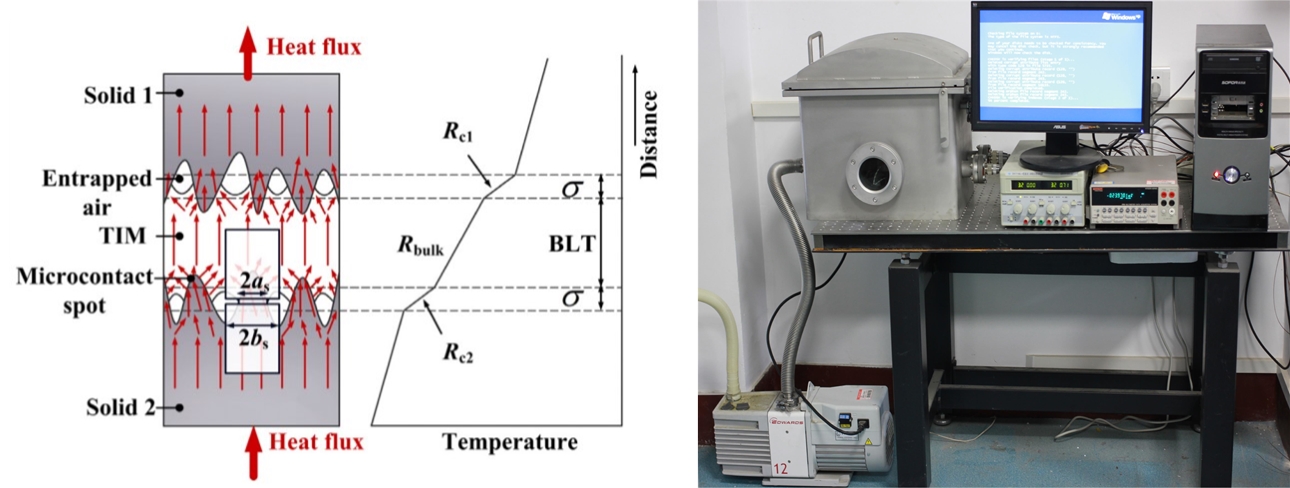 Fig.1 Schematic of thermal interface resistance
Fig.1 Schematic of thermal interface resistance
Fig.2 Prototypes of the experimental setup for the thermal storage performance investigation of phase change matreial (PCM) based heat sinks
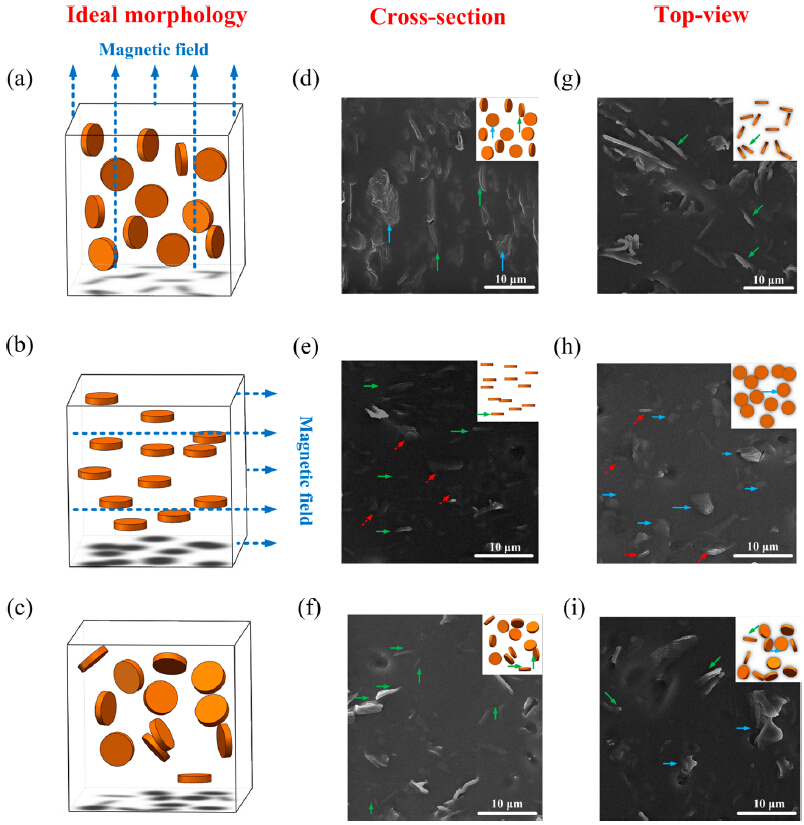
Fig.3 Alignment of mhBN platelets in composites with a volume faction of 9.14%
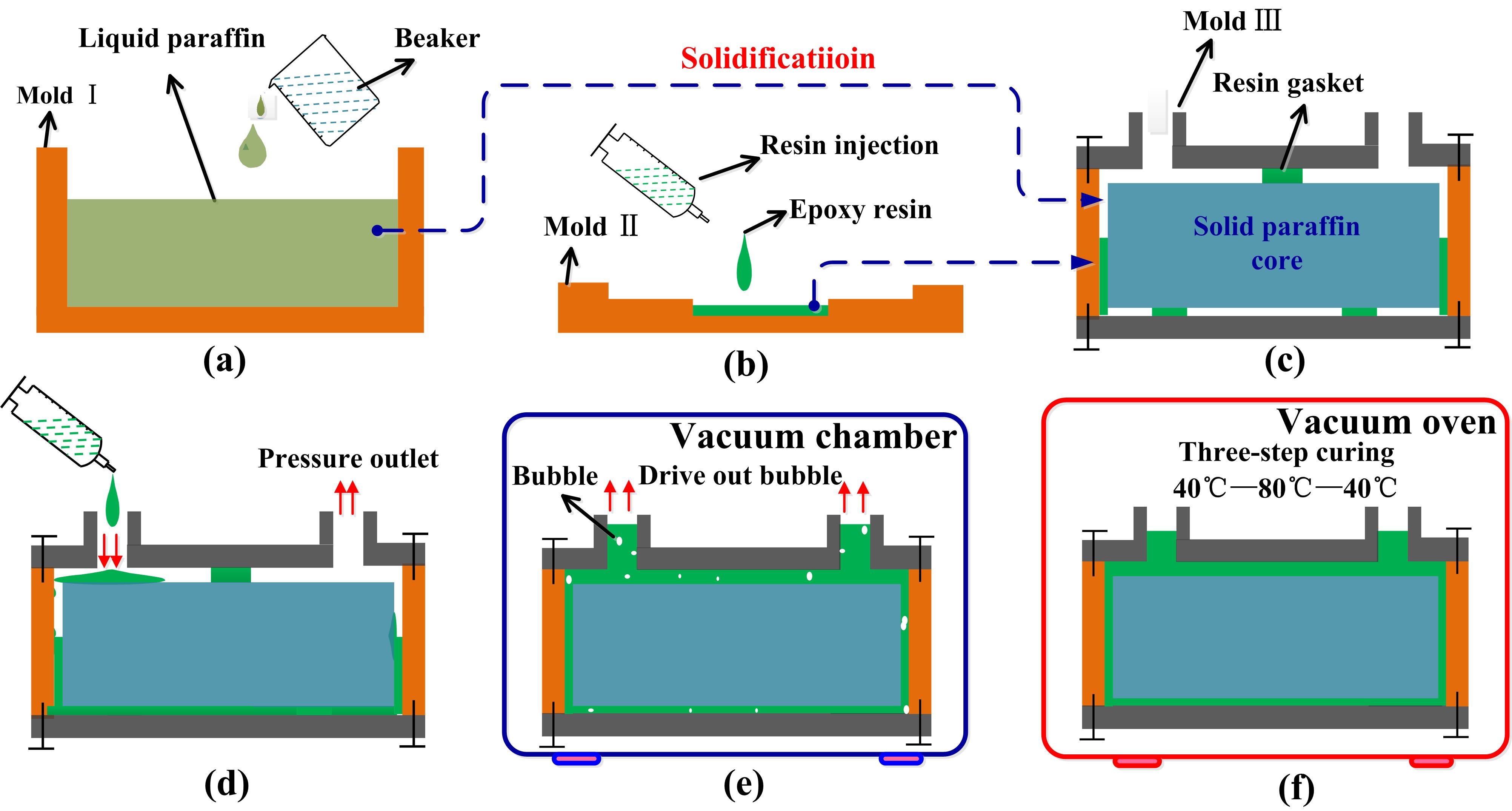
Fig.4 The flowchart of the preparing processes of the modularized thermal storage unit (MTSU) samples.
2. Active thermal management
Compared with passive thermal management, the main distinguish of active thermal management is that external power sources are required. We 1) optimize and design the tree-like microchannel heat sink based on the compact thermal model to make the temperature fields uniform with multiple heat sources; 2) design and fabricate 8-generation high-performance micro pump with low power input and high delivery head, the newly developed 8th generation hydraulic suspension micro-pumps have got rid of the defects of traditional bearings and wear, achieving high performance and long life; 3) develop many novel microjet, microchannel heat sinks that are applied in high-power LED searchlight, etc.
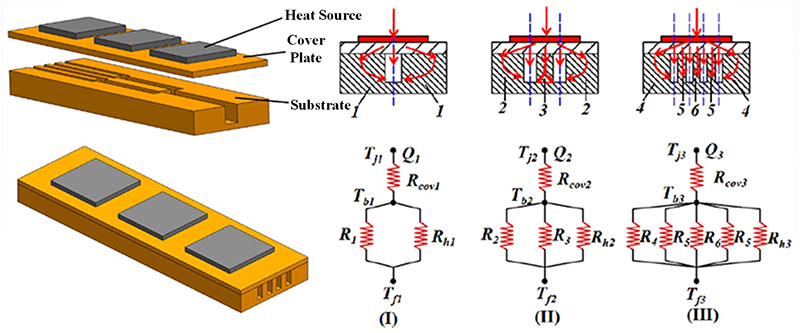
Fig.5 Design and test of micro channel with uniform temperature distribution by means of CTM model
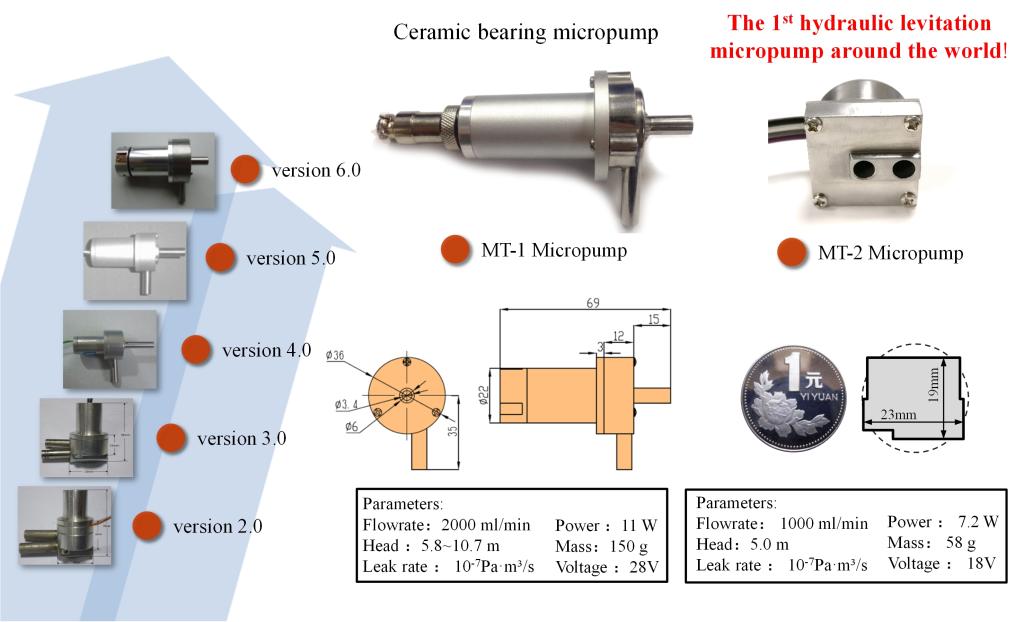
Fig.6 Micro pump development for active cooling system
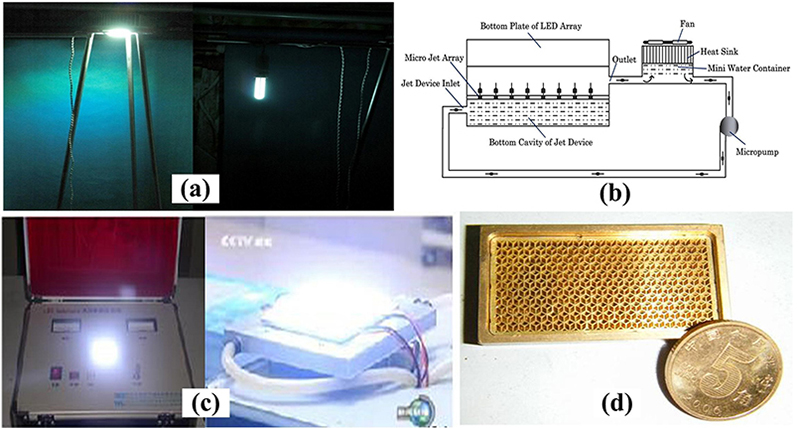
Fig.7 (a) Lighting performance comparison between 20-watt LED with flat-plate vapor chamber heat sink and 20-watt CFL; (b) Structural schematic for micro-jet heat sink; (c) Super high power LED light sources with micro-jet heat sink; (d) Honeycomb micro-channel heat sink
3. Systematic solutions in high temperature environment
Aiming at specific requirements in extreme high-temperature environment, we develop the thermal simulation software by coupling multiple thermal management technologies, and possess some characteristic systematic solutions, like the thermal management for logging tools in high-temperature and high-pressure wells.
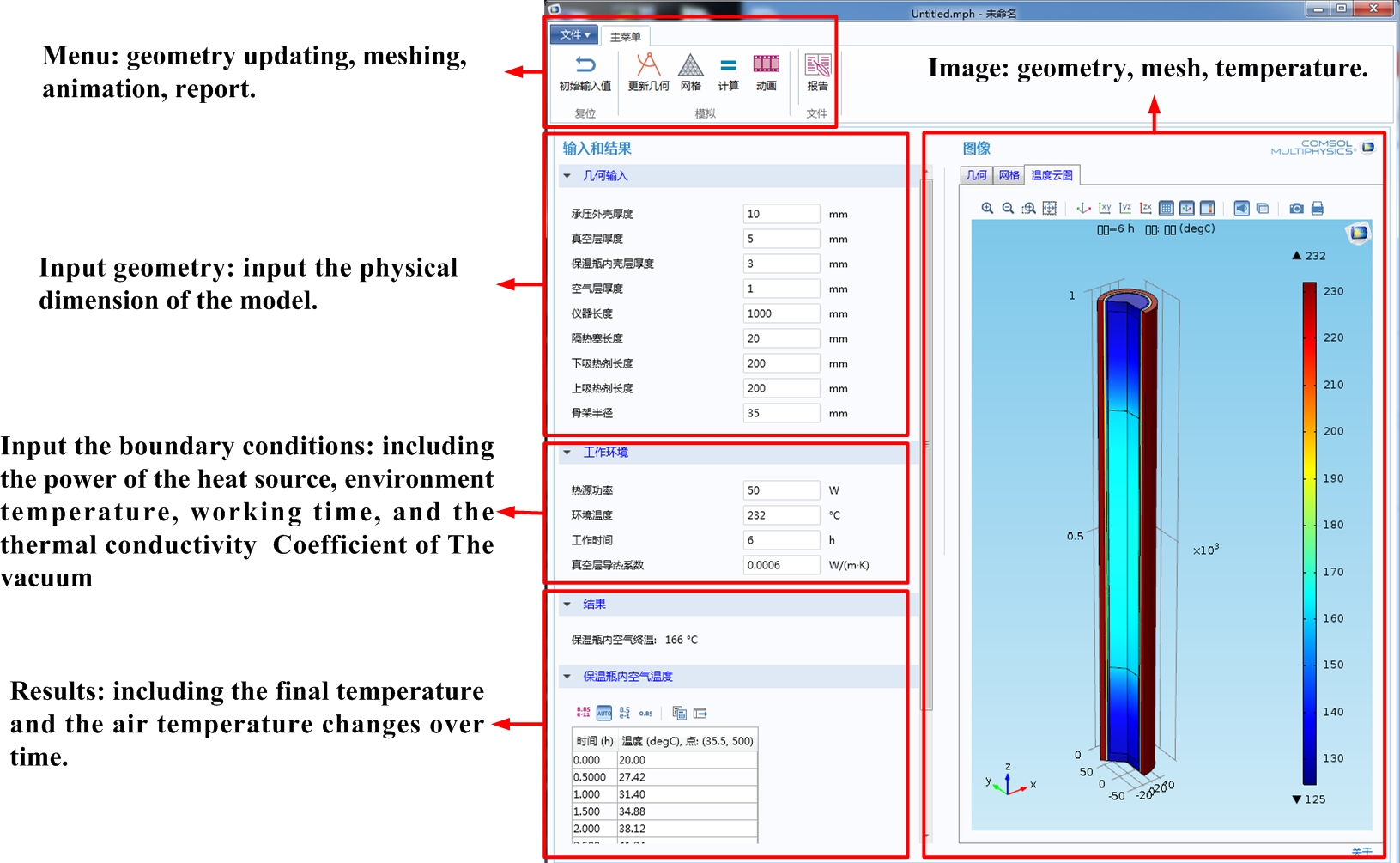
Fig.8 Vacuum flask thermal simulation software



